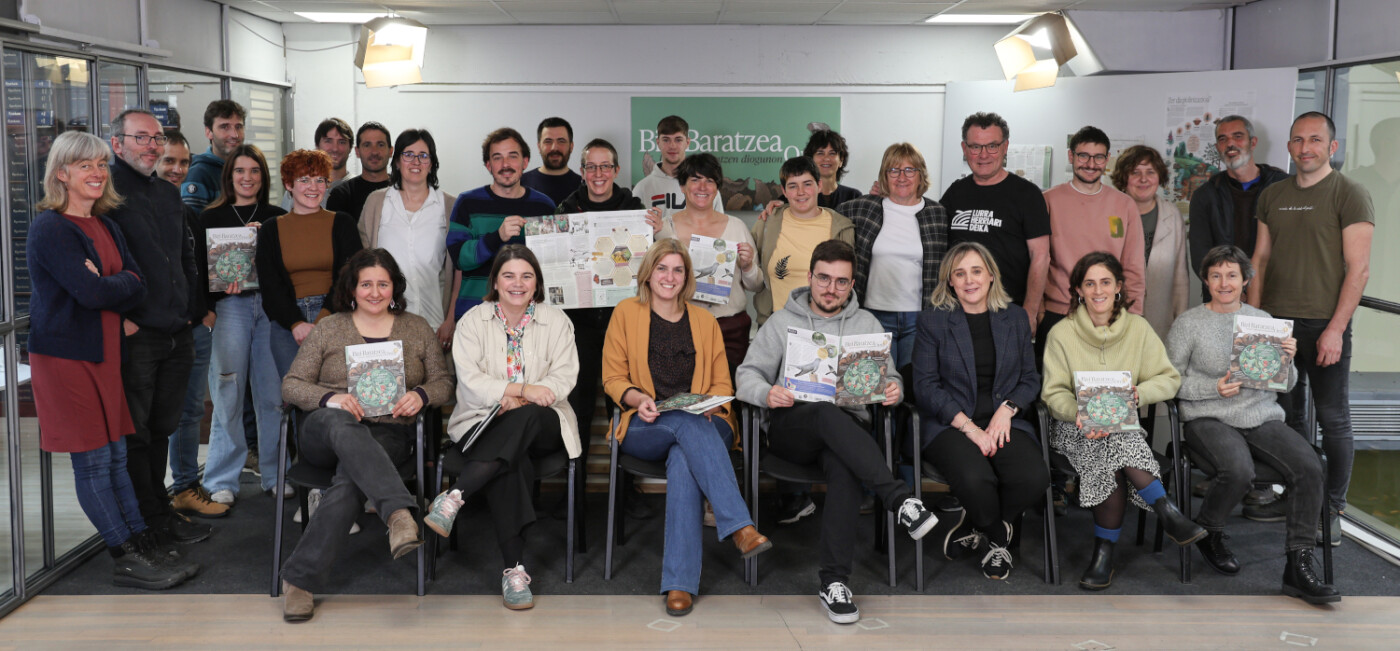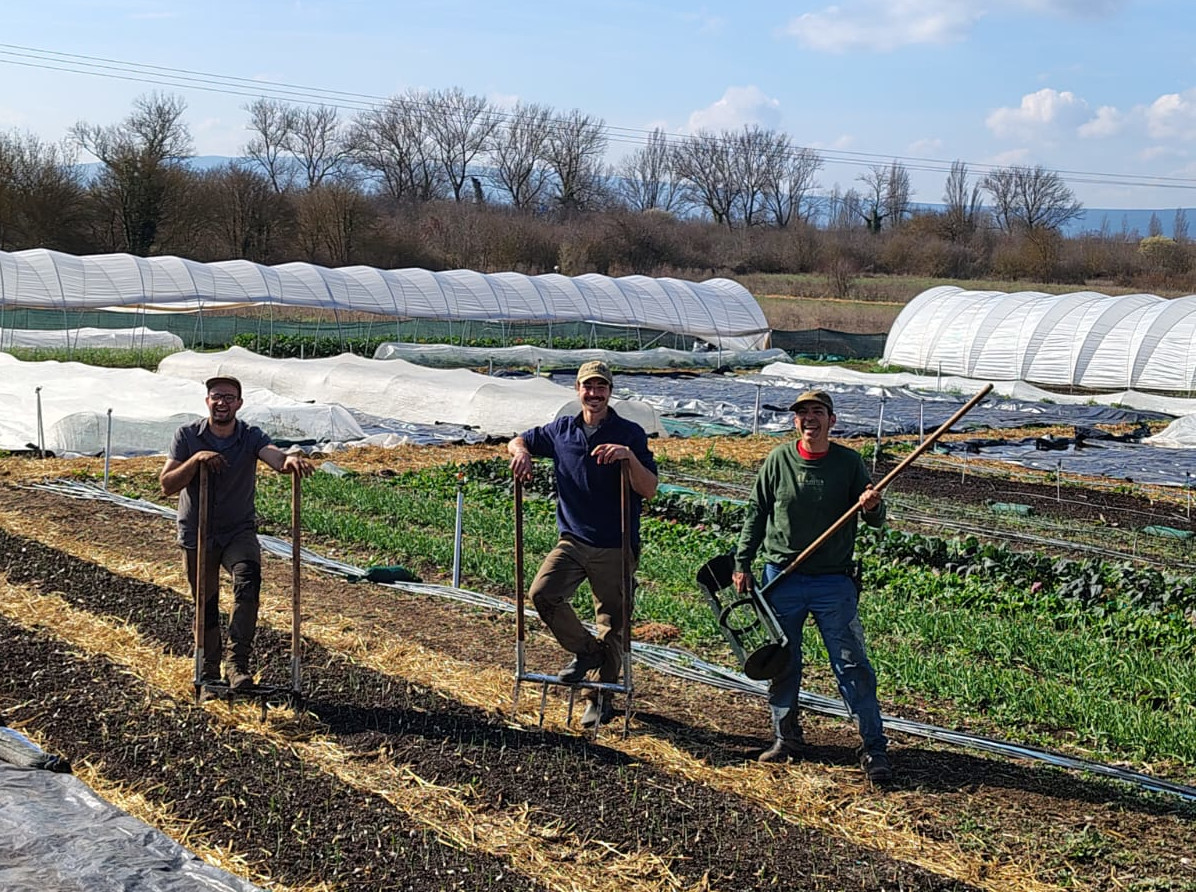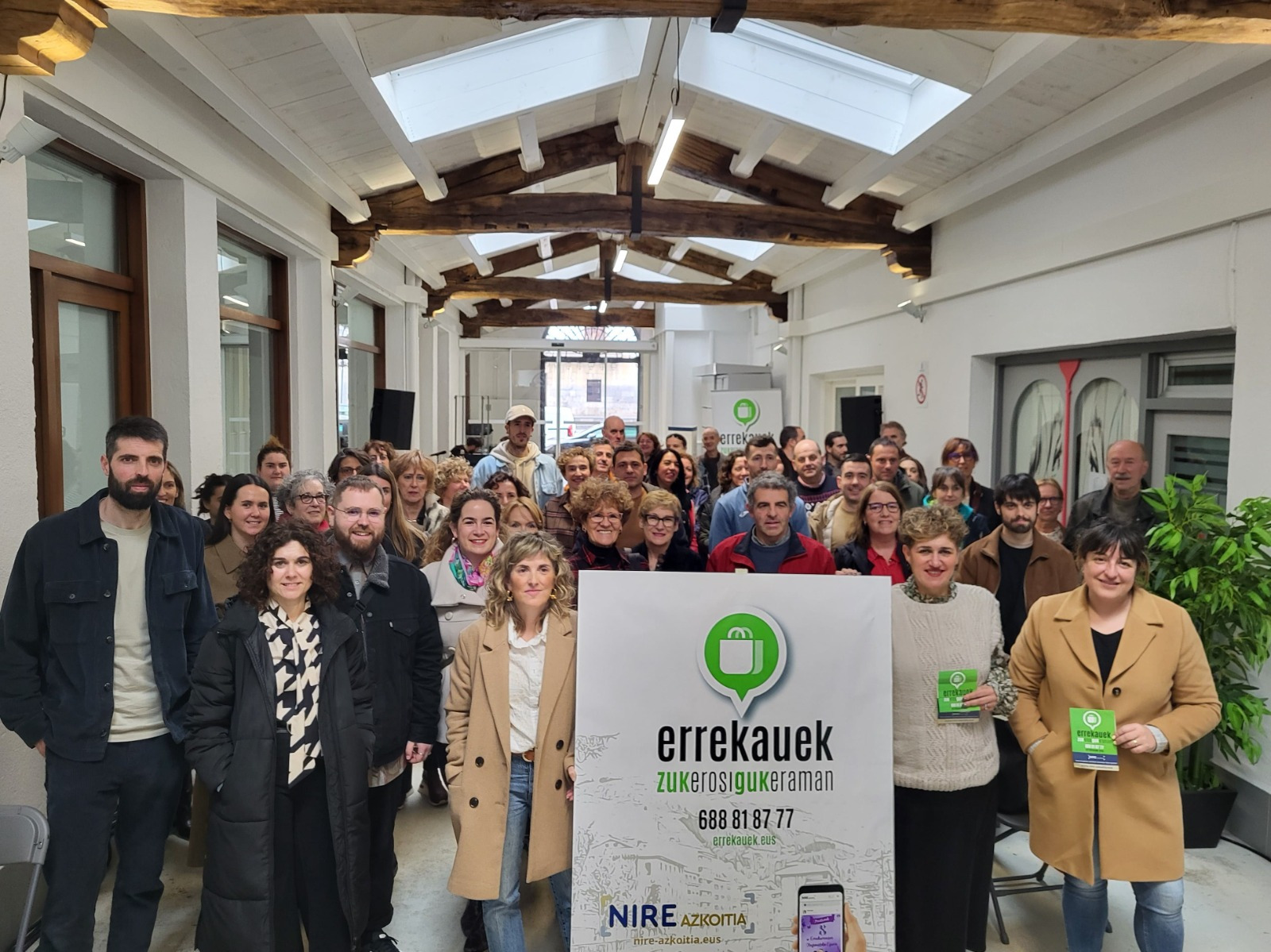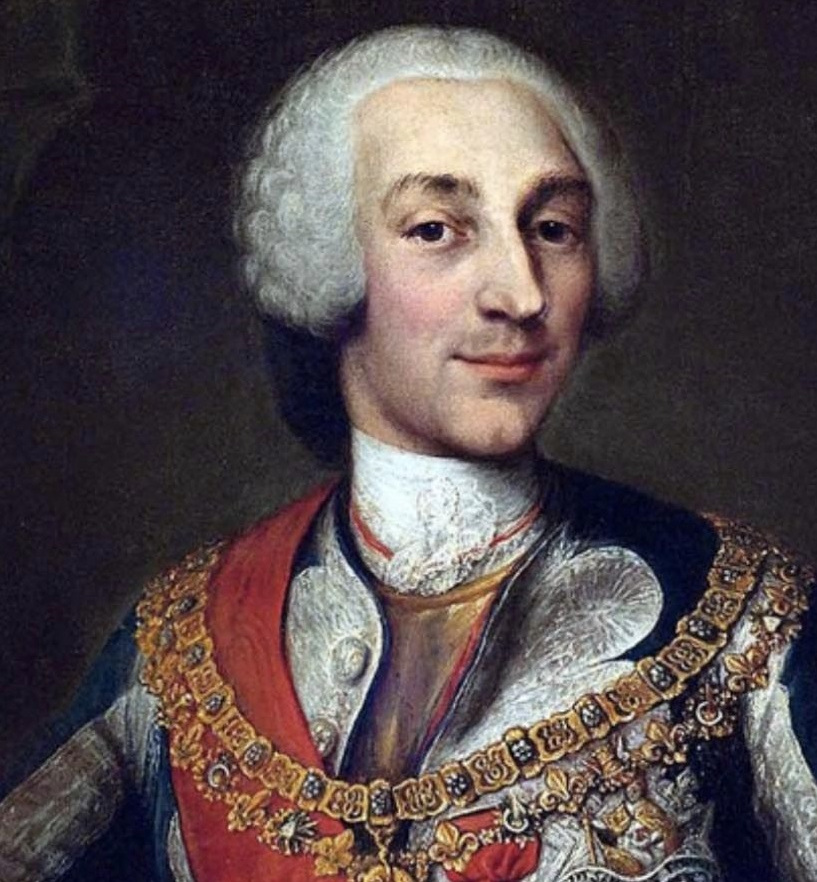The volcano that froze the world
- 200 years ago, the Tanbora volcano exploded. Because of the huge eruption, the following year there was no summer on the whole planet. The world darkened, cooled and caused the last great survival crisis in the West. In addition, it apparently helped to unbalance forces in the battle of Waterloo. Sow the seed of Frankenstein.
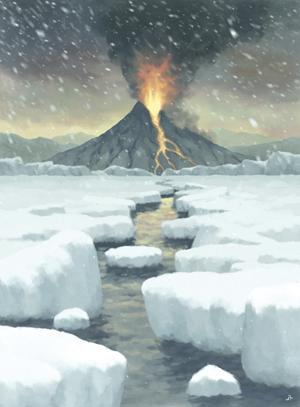
On April 5, 1815, after several sleepless centuries, Mount Tanbora erupted from the island of Sumbawa (present-day Indonesia). It was a median rash. Noises like thunder were heard about 400 kilometers away, and the next day the ash began to fall into East Java. A few days later, at 7 p.m. on 10 April, in Sumatra, 2,600 kilometres from Tanburg, they began to hear the guns. Or that's what they believed. The protesters mobilized several dozen people to deal with the alleged sexual assault. And by the way, they boarded several boats, believing that the boat had been shot down by a boat that was in difficulty. But these noises came from the Tanbo. The eruption intensified on 10 and 11 to 800 Mt. Man's strongest nuclear weapon, the largest artificial explosion in history, released a 57 Mt force at the time of the explosion. Later, British colonial governor Sir Thomas Stamford Raffles in 1830 and Swiss botanist Heinrich Zollinger in 1847 collected testimonies from those who saw the eruption live. According to them, “three columns of fire came out of the earth and came to heaven” and “the mountain became a mass of liquid fire.” The collection of these testimonies would not be easy, as only 40 of the 12,000 inhabitants living on the Tamboa Peninsula survived the tragedy.
The eruption therefore had immediate and terrible effects on the islands of South-East Asia. But this explosion was going to shake every part of the world for the months and years that followed.
Year without summer
From 1816 on, it would be known as “Year without summer”. The enormous amount of volcanic ashes thrown into the atmosphere by the Volcano in 1815 spread throughout the world and, especially, through the Northern Hemisphere in the coming months. It should be borne in mind that ash emissions were not immediately interrupted. The explosions did not freeze until 15 July, and on 23 August the crater was still moistened in the earthquake area. The ash did not allow the sun to reach the earth and the temperatures had collapsed: In the summer of 1816, a year after the eruption, it snowed in almost the entire hemisphere, in August each morning frost, storms and torrential rains were recorded everywhere. The rivers froze and, when the ice melted, there were floods, until the Rhin itself overflowed. In Hungary it snowed brown because of the ash, while in Italy red snow was observed. India's monsoon, the world's most important climate system, was delayed in two years by the gases emitted by the volcano.
Cold, hunger and epidemics
Strong climate change caused a disaster in agriculture. The crops were completely destroyed. John D. For the historian Post, what happened by Tanbora was “the last great survival crisis in the West.” It was precisely this title that put the work on the subject that was published in 1977.
As has been said, the monsoon of India slowed down, torrential rains came later than usual and became uncontrollable for the population adapted to the specific climate calendar. Health and hygiene conditions worsened significantly and cholera, which until then was limited to certain areas of the Gulf of Bengal, extended to Moscow. Typhus also spread rapidly, as the humid and cold environments are suitable for this. In 1816 alone, 800,000 people were infected in Europe.
In those years, Europe suffered the greatest famine of the 19th century. Prices for basic necessities increased by 250% in England and by 350% in France. In addition, the continent was weakened by the Napoleonic wars. It is difficult to calculate the death toll from the eruption. According to some, more than 200,000 people lost their lives because of climate change that occurred suddenly. But there are sources indicating that 100,000 deaths were recorded in Ireland alone and that in the three years following the explosion in Tanborá the mortality rate in Europe doubled.
Design EE.UU
In addition to the old continent, the ashes of the volcano also influenced the more modern countries. In 1815, in newborns in the United States, the population was concentrated mainly in New England, that is, in six states on the northeast coast. On June 6, 1815 it snowed in New York and two days later it marked in Boston. In Pennsylvania, there were still some icy rivers and lakes in August.
Its inhabitants were accustomed to cold winters, but cultivation was too much for land. Food shortages brought with it an increase in prices; the oatmeal barrel currently cost $1.5 in 1815 and the price reached $12.78 the following year. There was still no proper transport network and it was too expensive to import food. The situation became unsustainable for thousands of families and many of them headed inland and south in search of a more friendly climate and more prosperous land. During these years, the so-called “American Heartland”, the area of the EE.UU. It's not impregnated by the sea, it's been configured. At present, the difference between the coasts and the interior of the United States remains significant.
Bicycles and mineral fertilizers
They say hunger sharpens ingenuity. German chemist Justus Von Liebig (1803-1873) suffered in his childhood a famine caused by Tanborá in his hometown, Darmstadt. Since then, he became obsessed with the performance of agriculture and conducted numerous studies on plant nutrition. He discovered that nitrogen was fundamental to crop growth and, based on the discovery, he developed mineral fertilizers and introduced them into the production process. It was the forerunner of the fertilizer industry.
Another German, inventor Karl Drais, invented the Laufmaschine or Belozipedo in 1817. H. R. According to historian Lessing, the ancestor of bicycles and motorcycles is also linked to the Tanbora crisis. There was not enough food for men and less for horses. But horseback transportation was fundamental at that time, and Drais wanted to invent an alternative means of transportation.
Waterloo and the Restoration
At a conference on geosciences in Warwick (England) in 1996, geologist Kenneth Spink stated that Napoleon’s defeat at the Battle of Waterloo was the result of the eruption. The battle took place on June 18, 1815, and by then the influence of the volcano was evident in the climate. According to those who were on the battlefield of Belgium, the sky was covered in black clouds, the basques were continuous and the seized terrain prevented artillery from flourishing. Historian Jacques Logie does not share Spink's theory. He does not deny that the storm of Waterloo was provoked by Tanborá, but states that the weather worsened to the detriment of the two sides and that, although it influenced more on Napoleon's fingers, many other factors were more decisive. But it must be borne in mind that in the strategy that gave so many victories to Napoleon, the rapid movement of troops was fundamental and under those conditions he was unable to carry out the usual tactics.
After Napoleon’s defeat came the Restoration, the Old Regime was restored in Europe. But not for a long time, because in 1820 the flooding of the liberal revolutions flooded Europe. The intellectual leaders of the revolutions were driven by the doctrines of liberalism and nationalism, but at the base of the revolutions, as happened in Paris in 1789, were the citizens of hunger and rising prices.
All the calamities and changes mentioned cannot be attributed solely to Tanborá. Other factors need to be taken into account when it comes to understanding what has happened in these years as a whole. But the effect of the eruption is undeniable, and the 200th anniversary of the catastrophe can be an excuse to better analyze the issue from different quarters, 200 years later, as it can serve to predict what can lead to deeper and more sustainable climate change.
1815eko apirilaren hasieran Tanbora mendiaren garaiera 4.300 metro ingurukoa zen; erupzioaren ondoren 2.851 metrotan geratu zen. Sumendiak 160 km3 material jaurti zuen; bestela esanda, 140 bilioi tona. Horrenbestez, zuzenean erregistratutako inoizko erupziorik handiena izan zen, 2010ean Europako hegazkin trafikoa nahastu zuen Islandiako Eyjafjallajokull sumendiarena baino 10.000 aldiz indartsuagoa. Eztanda Sumatran entzun zuten, Tanburatik 2.600 km-ra eta errauts bolkanikoa 1.300 km-ra jalki zen. Sumenditik hurbilen zegoen hirian, Makassarren, metro koadroko 626 kilo errauts erori ziren. Errauts adarra estratosferara iritsi zen, lurrazaletik 43 km-ra. Lurrazalean, jarioaldi piroklastikoak 20 km-ko ingurumaria suntsitu zuen.
Jarioaldiak zuzenean 11.000 pertsona hil zituela kalkulatzen da. Eztandaren ondorengo tsunamiek beste 4.600 hil zituzten. Egun Indonesiak hartzen duen eremuan, goseak eta gaixotasunek 49.000 heriotza eragin zituen. Baina hurrengo bizpahiru urteetan erupzioak zeharka mundu osoan hil zituen pertsonen kopurua kalkulaezina da.
Joseph Mallord William Turner (1775-1851) artista ingelesari “argiaren margolaria” edo “atmosferen maisua” esan izan diote, eta izengoiti horiek, hein batean, Tanboraren erupzioari esker ere irabazi zituen. Nagusiki paisaiak margotu zituen eta inpresionismoaren aurrekaritzat jotzen da, zertzelada askeengatik eta koloreen erabilera bereziagatik. Oliotan edo akuarelatan naturaren fenomenoak jasotzen zituen eta 1816an aukera ederra izan zuen horretarako. atmosferako errauts maila altuak eguzki sarrera ikusgarriak eragin zituen eta, horrenbestez, Turnerren zeru ezinezkoak ez zeuden haren irudimenean; ikusten zuena margotu zuen.
Udarik gabeko urte hartan, Londrestik 1.000 km eskasera, Dresden (Alemania) Elba ibaia izozturik egon zen luzaroan. Han, beste margolari erromantiko batek, Caspar David Friedrichek (1774-1840) hunkituta begiratzen zien ibaian behera topatzen zuten guztia herrestan eramaten zuten izotz puskei eta naturaletik zirriborroak egiteari ez zion utzi, beregan ezohikoa zena. Zirriborro horietan oinarritu zen erromantizismoaren lehen aroko koadrorik enblematikoenetakoa margotzeko: Izotzezko itsasoa (Itxaropenaren hondoratzea ere deitua).
Idazleek ere nozitu zuten erupzioaren eragina. 1816ko uztailean Lord Byron, John Polidori, Percy B. Shelley, haren emazte Mary Shelley eta beste idazle batzuek “uda”ko oporraldia Suitzan, Leman lakuaren ertzean pasatzea erabaki zuten. Baina tenperatura baxuek eta euri-jasek etxe barruko babesean luzaroan egotera behartu zituzten. Shelley senar-emazteek maiz bisitatzen zuten Villa Dodiati, Lord Byronek alokatutako etxea, Polidorirekin partekatzen zuena. Bisitaldietako batek hiru egun eta hiru gau iraun zuen. Idazleak beldurrezko istorioak asmatu, idatzi eta elkarri kontatzen aritu ziren egun horietan eta genero gotikoaren mugarri bihurtu zen eguraldi txarrak eta giro ilunak bultzatutako esperimentu hura. Handik atera ziren Lord Byroren Iluntasuna eta John Polidoriren Banpiroa, lehen banpiro istorio modernoa. Baina ariketa literario horren emaitzarik nabarmenena Mary Shelleyren Frankenstein izan zen. Etxera itzultzean, udaldi hotz eta ilun hartan asmatutako istorioa lantzen jarraitzea erabaki zuen eta 1818an argitaratu zuen zientzia fikziozko lehen nobelatzat jotzen dena.
Tanboraren erupzioak mundua hoztu baina artista erromantikoen sormena berotu zuen.
Udaberrian orain dela egun gutxi sartu gara eta intxaurrondoa dut maisu. Lasai sentitzen dut, konfiantzaz, bere prozesuan, ziklo berria hasten. Plan eta ohitura berriak hartu ditut apirilean, sasoitu naiz, bizitzan proiektu berriei heltzeko konfiantzaz, indarrez, sormen eta... [+]
Ohe beroan edo hotzean egiten da hobeto lo? Nik zalantzarik ez daukat: hotzean. Landare jaioberriek bero punttu bat nahiago dute, ordea. Udaberriko ekinozio garai hau aproposa da udako eta udazkeneko mokadu goxoak emango dizkiguten landareen haziak ereiteko.
Duela lau urte abiatu zuten Azpeitian Enkarguk proiektua, Udalaren, Urkome Landa Garapen Elkartearen eta Azpeitiako eta Gipuzkoako merkatari txikien elkarteen artean. “Orain proiektua bigarren fasera eraman dugu, eta Azkoitian sortu dugu antzeko egitasmoa, bere izenarekin:... [+]
Itsasoan badira landareen itxura izan arren animalia harrapari diren izaki eder batzuk: anemonak. Kantauri itsasoan hainbat anemona espezie ditugun arren, bada bat, guztien artean bereziki erraz atzemateko aukera eskaintzen diguna: itsas-tomatea.
Aurten "Israel Premier Tech" txirrindularitza talde israeldarra ez da Lizarraldeko Miguel Indurain Sari Nagusia lasterketara etorriko. Berri ona da hori Palestinaren askapenaren alde gaudenontzat eta munstro sionistarekin harreman oro etetea nahi dugunontzat, izan... [+]
Sare sozialen kontra hitz egitea ondo dago, beno, nire inguruan ondo ikusia bezala dago sare sozialek dakartzaten kalteez eta txarkeriez aritzea; progre gelditzen da bat horrela jardunda, baina gaur alde hitz egin nahi dut. Ez ni optimista digitala nauzuelako, baizik eta sare... [+]
Bada Borda bat ilargian. Bai, bai, Borda izeneko krater bat badu ilargiak; talka krater edo astroblema bat da, ilargiaren ageriko aldean dago eta bere koordenadak 25º12’S 46º31’E dira; inguruan 11 krater satelite ditu. Akizen jaiotako Jean Charles Borda de... [+]
Donostiako Amara auzoko Izko ileapaindegi ekologikoak 40 urte bete berri ditu. Familia-enpresa txikia da, eta hasieratik izan zuten sortzaileek ile-apainketan erabiltzen ziren produktuekiko kezka. “Erabiltzaileen azalarentzat oso bortzitzak dira produktu gehienak, baina... [+]












